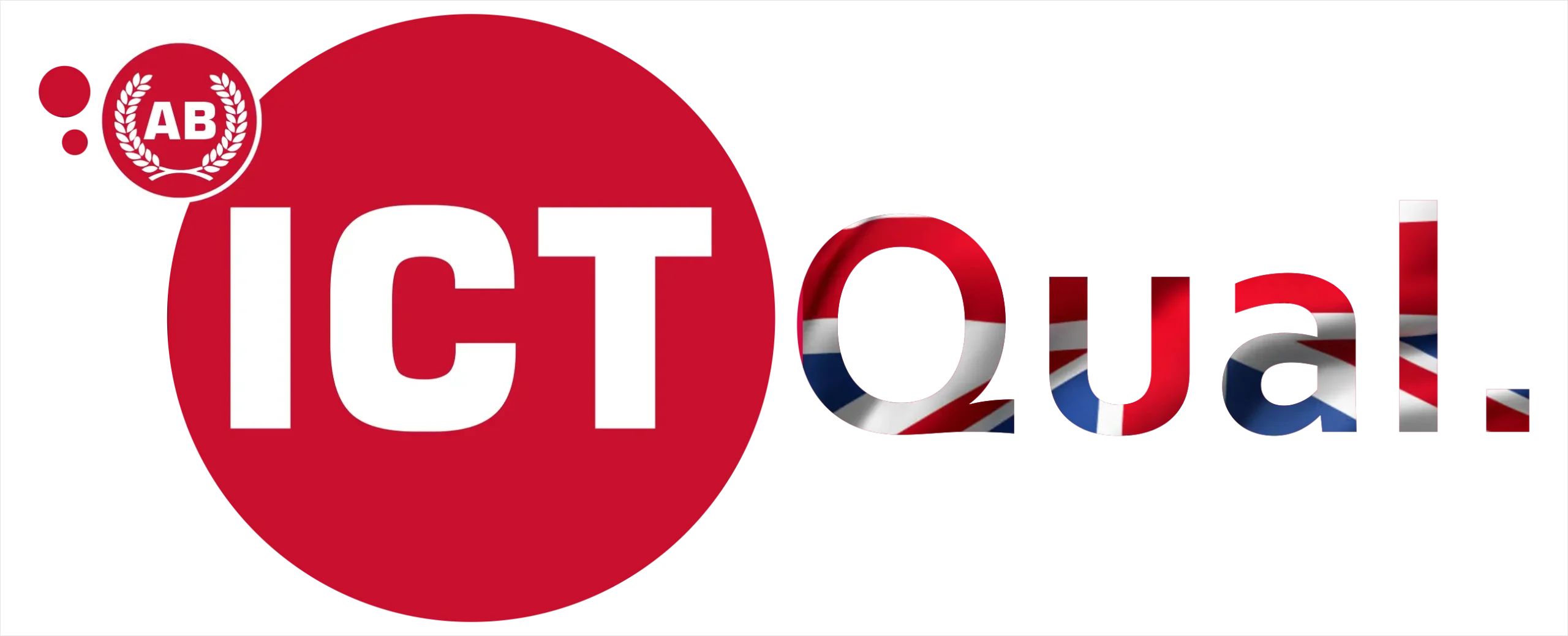ICTQual Level 1 Award in Professional Rigger
In the world of heavy lifting and industrial operations, the role of a professional rigger is indispensable. From construction sites to entertainment venues, riggers play a crucial role in ensuring the safe and efficient movement of heavy equipment and materials. If you’re considering a career in rigging or seeking to enhance your skills in the field, the Level 1 Award in Professional Rigger could be your ticket to unlocking a world of opportunities.
The Level 1 Award in Professional Rigger is a vocational qualification designed to provide individuals with the foundational knowledge and skills required to work as a professional rigger in various industries such as construction, entertainment, manufacturing, and logistics. A rigger is responsible for the safe and efficient lifting, moving, and securing of heavy equipment, machinery, and materials using specialized rigging techniques and equipment.
Rigging is more than just lifting and moving heavy loads – it’s a specialized skill that requires knowledge, precision, and attention to detail. Professional riggers are responsible for assessing loads, selecting the appropriate rigging equipment, and executing lifts safely and efficiently. They work in diverse industries such as construction, manufacturing, logistics, and entertainment, where the demand for skilled riggers is always high.
Becoming a professional rigger is a rewarding and fulfilling career path that offers stability, growth, and opportunities for advancement. Whether you’re drawn to the excitement of working on construction sites, the creativity of the entertainment industry, or the precision of industrial operations, the Level 1 Award in Professional Rigger provides the foundation you need to succeed. So why wait? Take the first step towards a bright future in rigging and enroll in the Level 1 Award today!
Professional Rigger
Entry Requirements for the Level 1 Award in Professional Rigger
Learning Outcomes for the Study Units:
- Introduction to Rigging:
- Understand the basic principles and concepts of rigging.
- Identify the role and responsibilities of a rigger in various industries.
- Explain the importance of proper rigging practices in ensuring safety and efficiency in lifting operations.
- Rigging Equipment and Gear:
- Identify and describe different types of rigging equipment and gear, including slings, shackles, hoists, and cranes.
- Demonstrate proper selection, inspection, and use of rigging equipment for specific lifting tasks.
- Ensure compliance with manufacturer specifications and industry standards when using rigging equipment.
- Rigging Techniques and Procedures:
- Master a variety of rigging techniques and procedures used in lifting and moving loads, such as vertical, horizontal, and angled lifts.
- Apply appropriate rigging techniques based on load characteristics, environmental factors, and job site conditions.
- Understand the importance of communication and coordination among team members during rigging operations.
- Safety in Rigging Operations:
- Recognize potential hazards and risks associated with rigging operations, including rigging failures, falls, and struck-by accidents.
- Implement safety measures and precautions to mitigate risks and ensure a safe working environment for all personnel involved in rigging activities.
- Adhere to safety regulations, industry standards, and best practices for rigging operations.
- Load Calculations and Weight Distribution:
- Calculate load weights and determine the center of gravity for various loads.
- Understand the principles of weight distribution and how it affects rigging operations.
- Apply load calculations and weight distribution principles to ensure proper rigging setup and load stability during lifting operations.
- Rigging Inspections and Documentation:
- Conduct pre-use inspections of rigging equipment and gear to identify defects, damage, or wear that may affect safety and performance.
- Document rigging inspections, including findings, corrective actions, and equipment maintenance records.
- Ensure compliance with regulatory requirements and industry standards for rigging inspections and documentation.
Upon completion of the rigging course, individuals have several pathways for future progression and career advancement within the field of rigging and related industries. Here are some potential avenues for future progression:
- Advanced Rigging Certifications: Graduates may choose to pursue advanced certifications or qualifications in specialized areas of rigging, such as advanced rigging techniques, rigging inspection, or rigging supervision. These certifications can enhance expertise and open doors to higher-level positions within the industry.
- Specialized Training: Individuals may opt for specialized training programs focused on niche areas within rigging, such as crane operation, scaffolding, or fall protection. Specialized training can broaden skill sets and increase marketability in the industry.
- Career Progression: With the rigging course completed, individuals can advance their careers by seeking promotions or higher-level positions within their current organizations or transitioning to new roles in consulting firms, engineering companies, or government agencies.
- Entrepreneurship: Some graduates may choose to leverage their skills and knowledge to start their own rigging businesses or consulting firms. Entrepreneurship offers opportunities for autonomy, creativity, and potential financial rewards.
- Continuing Professional Development (CPD): Continuous learning and professional development are essential for staying updated with industry trends and advancements. Graduates can engage in CPD activities such as attending seminars, workshops, or industry conferences to expand their knowledge and skills.
- International Opportunities: The skills and qualifications obtained through the rigging course are transferable across borders, opening up possibilities for international employment or project opportunities. Individuals may explore job prospects in overseas markets or participate in global projects requiring expertise in rigging.
- Leadership and Management Roles: Experienced riggers may transition into leadership and management roles, such as rigging supervisors, safety managers, or project managers. These roles involve overseeing rigging operations, managing teams, and ensuring compliance with safety and regulatory requirements.
The rigging course provides a solid foundation for individuals seeking to advance their careers in the dynamic and essential field of rigging. Whether through further education, specialized training, career progression, or entrepreneurship, graduates have numerous pathways to explore as they continue to grow and excel in their professional journeys.
